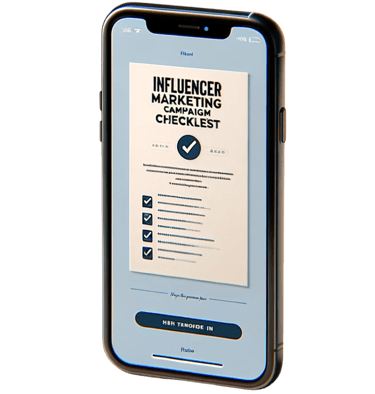
What is brand safety?
Ensuring a brand is in good standing with consumers is important to the heart and the mission of a brand.
11/28/20223 min read
What is brand safety?
Brand safety refers to the practice of keeping a brand's reputation safe when they advertise online. This might mean ensuring the brand’s ads aren’t placed next to or on inappropriate or inaccurate content and making sure no copyrighted materials are used without permission.
If you place ads within the display network, and those ads appear on a website that is spreading misinformation, your brand may be damaged because you are automatically associated with brands that are pushing inaccurate information. For example, if your brand values inclusivity, you wouldn’t want your brand’s ads to appear on a site that holds hateful or controversial views.
The Interactive Advertising Bureau (IAB) has designated 13 topics that brands should avoid associating themselves with to maintain brand safety. Those are: military conflict, obscenity, drugs, tobacco, adult content, arms, crime, death/injury, online piracy, hate speech, terrorism, spam, and fake news. In addition to those, your brand might want to stay away from other topics. For instance, if your brand sells baby toys, you probably don’t want to appear on gambling sites. So, as a digital marketer, how do you make sure you’re avoiding being associated with topics you would prefer your brand not be associated with?
Ensuring brand safety
There are steps you can take to ensure your brand is maintaining brand safety. First, you’ll want to define what is considered to be “unsafe” for your brand. Consider what topics might be harmful to your brand. Ending up on every single website on the internet isn’t worth the risk done to your brand safety. Next, use trusted technology. Make sure you’re using brand safety tools for instance, the Google Display Network, you can opt-out of specific sites that you want to stay away from.
Some strategies to maintain brand safety are:
Buy ad space directly from reputable publishers. This will ensure your ads aren’t placed where you don’t want them.
Note: doing this may mean you miss out on potential sales since you’re limiting yourself to certain customers.Use image recognition. This will identify images that deem content unsafe for your brand.
Select keywords to avoid. Publishers will allow you to choose keywords to avoid, so you can include those when you submit your content.
Apply geotargeting. This means making sure you know which regions your ads are running in, which helps you make sure you are remaining sensitive and relevant to all your customers.
Resources for more information
The following resources can help you maintain brand safety if you’re using them to publish your ads:




Long Story Short
Because it’s so integral to your brand’s success, brand safety is a topic that takes a lot of careful consideration. Make sure you know what types of topics and content you don’t want your brand associated with, and then take action. After you’ve carefully considered how to maintain brand safety, publishers and tools will help you take your brand safety measures to the next level.
Defining your Objective
Setting SMART Goals
Lay out the Content Strategy
Reach Out & Qualify
Launch Campaign
Monitor & Report


In this checklist you'll find:
©2025 Designed To Conquer LLC Terms & Conditions FAQ
Designed To Conquer LLC is a NYS MBE Certified Creative Tech. Studio.
STUDIO HOURS
Monday: 10am-6pm
Tuesday:10am-6pm
Wednesday:10am-6pm
Thursday:10am-6pm
Friday:10am-6pm
Instantly access our library of free coaching business resources!





